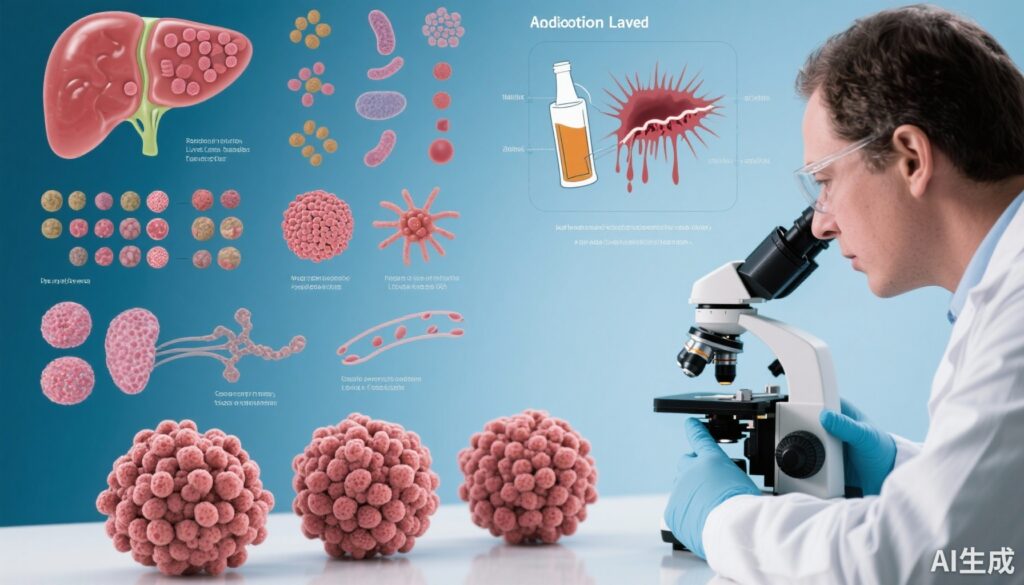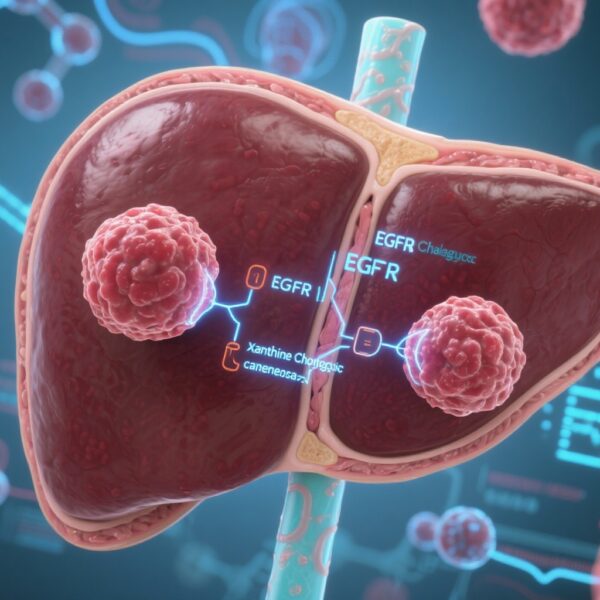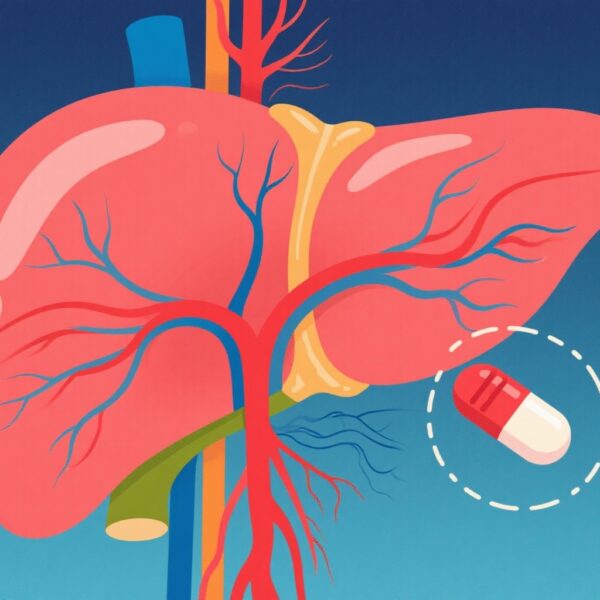Highlight
- Development of biopsy-derived liver organoids (b-Orgs) replicates epithelial heterogeneity seen in alcohol-related liver disease (ALD).
- b-Orgs can be generated from minimally invasive liver needle biopsies across early and advanced disease stages.
- Single-cell RNA sequencing reveals preservation of hepatocyte, biliary, and progenitor cell populations mirroring patient tissue complexity.
- b-Orgs model disease progression, identify ELF3 as a driver of cellular plasticity, and simulate alcohol-associated hepatitis features responsive to prednisolone.
Study Background
Alcohol-associated liver disease (ALD) remains a significant global health burden and a leading cause of chronic liver morbidity and mortality. The spectrum of ALD ranges from simple steatosis to advanced fibrosis, cirrhosis, and alcohol-associated hepatitis (AH). Therapeutic options are limited, especially for advanced stages, largely due to inadequate human-relevant preclinical models. Animal models of ALD often fail to reproduce the complex epithelial cellular heterogeneity and molecular milieu underlying disease progression and response to therapies. Organoid technology offers a promising human-based platform; however, existing patient-derived liver organoids require surgical resections and cannot fully capture the cellular complexity of ALD epithelium.
Study Design
This study by Ariño et al. focused on generating liver organoids directly from minimally invasive tru-cut needle biopsies (termed b-Orgs) taken from 62 patients diagnosed with ALD at varying stages: early disease (n=28) and advanced disease (n=34). Organoids were characterized for cellular phenotype and function by immunofluorescence, bulk RNA-sequencing, and single-cell RNA-sequencing methodologies, comparing them to the original patient liver tissue to assess fidelity. Functional assays included modeling disease progression, inducing features of alcohol-associated hepatitis in vitro, and evaluating responses to the corticosteroid prednisolone.
Key Findings
The study demonstrated that b-Orgs successfully recapitulate key features of the liver epithelium from the parent tissue, especially hepatocyte-enriched cellular phenotypes critical to ALD pathogenesis. Single-cell transcriptomic profiling revealed that b-Orgs preserve a heterogeneous mixture of cell populations, including hepatocytes, biliary epithelial cells, and hepatic progenitors, consistent with the cellular landscape of advanced ALD in human livers.
Importantly, b-Orgs maintained disease-stage specific phenotypic features, enabling studies of molecular drivers implicated in disease progression. The transcription factor ELF3 was identified as associated with increased cellular plasticity and disease advancement, representing a potential pathogenic biomarker and therapeutic target.
When exposed to ALD-relevant stimuli, b-Orgs demonstrated hallmark pathophysiologic features characteristic of alcohol-associated hepatitis, including reactive oxygen species (ROS) production, intracellular lipid accumulation, inflammatory signaling, and reduced hepatocyte proliferation. Notably, these pathologic changes were ameliorated following treatment with prednisolone, underscoring the model’s utility for drug testing and personalized therapeutic assessment.
Expert Commentary
This innovative approach circumvents the limitations of liver surgical resections by establishing organoids from routine needle biopsies, significantly broadening accessibility for personalized disease modeling. The capacity to capture epithelial heterogeneity and disease stage-specific characteristics in vitro represents a pivotal advancement toward precision hepatology. The identification of ELF3 as a driver of cellular plasticity offers new avenues for mechanistic studies and potential intervention strategies.
Despite these promising findings, limitations include the relatively small cohort size and the challenge of incorporating the complex multicellular liver microenvironment, such as immune and stromal components, into organoid systems. Future integration of these aspects could enhance the physiological relevance and predictive power of organoid models for ALD.
Conclusion
Ariño and colleagues have established a robust, patient-tailored liver organoid platform derived from needle biopsies that authentically models the epithelial complexity and pathophysiology of alcohol-related liver disease. This model enables mechanistic insights into disease progression, identification of molecular drivers like ELF3, and preclinical evaluation of therapeutics such as prednisolone. Their work heralds an important stride toward personalized medicine in ALD, providing a scalable, human-relevant tool to accelerate drug discovery and optimize patient-specific treatment strategies.
Funding and ClinicalTrials.gov
The study was supported by academic and research institutions authored by Ariño et al. The clinical trial registration number was not applicable or not provided.
References
Ariño S, Ferrer-Lorente R, Serrano G, et al. Patient-derived liver organoids recapitulate liver epithelial heterogeneity and enable precision modeling of alcohol-related liver disease. J Hepatol. 2025 Aug 1:S0168-8278(25)02380-3. doi: 10.1016/j.jhep.2025.07.014. Epub ahead of print. PMID: 40754225.



